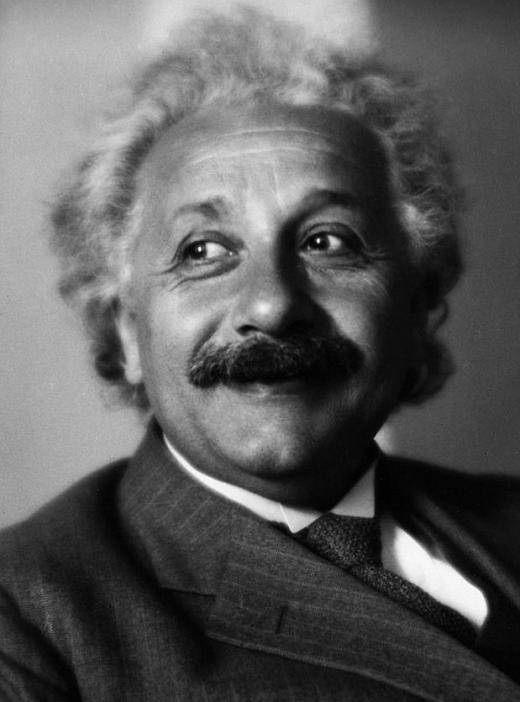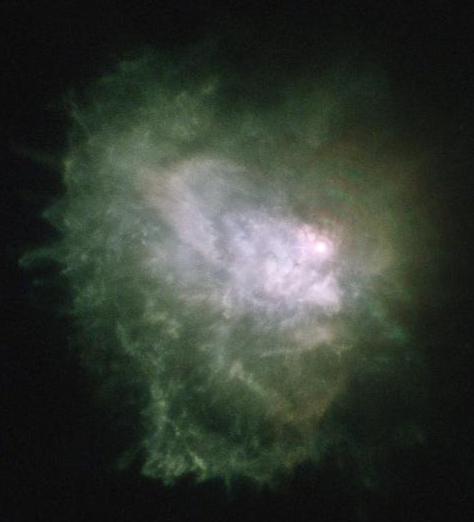What is a Massive Star?
 Mary McMahon
Mary McMahon
A massive star is a star with a mass eight times greater than that of the Sun. It is difficult for stars to get this large, as a number of factors influence stellar development and these factors often limit size, but astronomers have been able to observe massive stars up to 150 times larger than the Sun, illustrating that it is possible under the right conditions. Understanding how these stars form is a topic of interest for some astrophysicists, as is developing an understanding of how they age; massive stars turn into supernovae or hypernovae when they finally run out of fuel, which makes them notable figures in the cosmos.
Star formation involves a dense cloud of interstellar gases which gradually pulls or is collapsed together into a mass, which creates its own gravitational force, attracting more gases to itself. As the mass grows, so does the gravitational pull, but the star also starts to produce radiation pressure as a result of reactions going on inside the star. This tends to limit size, because the radiation pressure will blow gases away from the star, inhibiting accretion of more material. With a massive star, however, columns form which allow radiation pressure to be vented while new gases are sucked into the body of the star. Once it stabilizes, the massive star has enough fuel to last for millions of years.

Eventually, a massive star starts to run out of energy, turning into a type of star known as a red supergiant near the end of its life. This star will in turn collapse in on itself, generating a supernova which may be extremely bright as it blows out gases and heavy elements, adding to the interstellar medium. Once the supernova flares out, the star can turn into a neutron star or a black hole, depending on a number of variables.

Many massive stars occur in binary systems. Experimental models have suggested that this has to do with the way in which these stars form; they often throw off balls of material which may be sucked in later, or may develop into stars of their own. Massive stars are of interest because they produce many heavy elements, contributing to the composition of the interstellar medium and to the balance of elements in the universe.

Measuring massive stars is tricky. Obviously, astronomers and physicists cannot trot over to a massive star with a set of calipers and scales. Observations about size and composition are made remotely, using existing data as a baseline to make estimates about the nature of a star.
AS FEATURED ON:
AS FEATURED ON:













Discussion Comments
There are over 13 massive stars that we know of.
@Tufenkian925
The world and the universe are beyond our grasp to fully understand. Science is an attempt by ants crawling on a rock to look up and grasp where they came from. We can only work with what's inside the box. Once we progress outside the box, as in the case of black holes, the spacetime continuum, and dimensions, we are utterly clueless.
@arod2b42
We know little to nothing? Then what is science? I believe strongly in science, and the fact that it explains things so perfectly. There is nothing it doesn't explain, all of life is shown to be a clear evolutionary process. We even understand black holes now, and are beginning to grasp the very essence of reality.
We have never actually observed a star being formed, although we have seen them end their lives. Stars which appear "younger" and "older" are seen this way based on assumptions about star formation that mankind has made. In truth, we know relatively little to nothing about our universe.
Post your comments